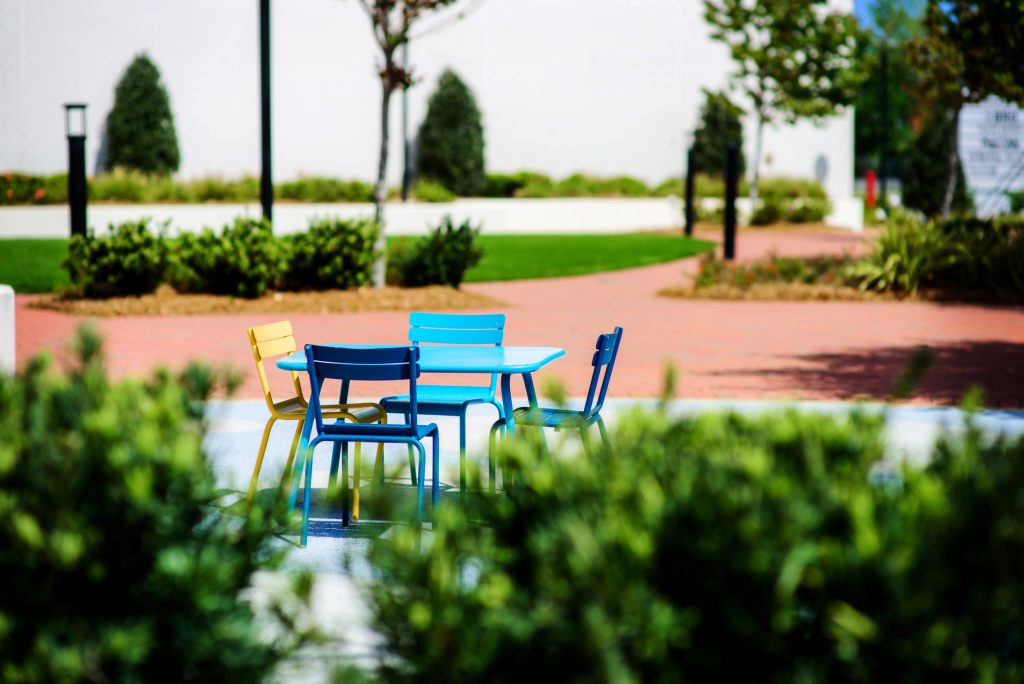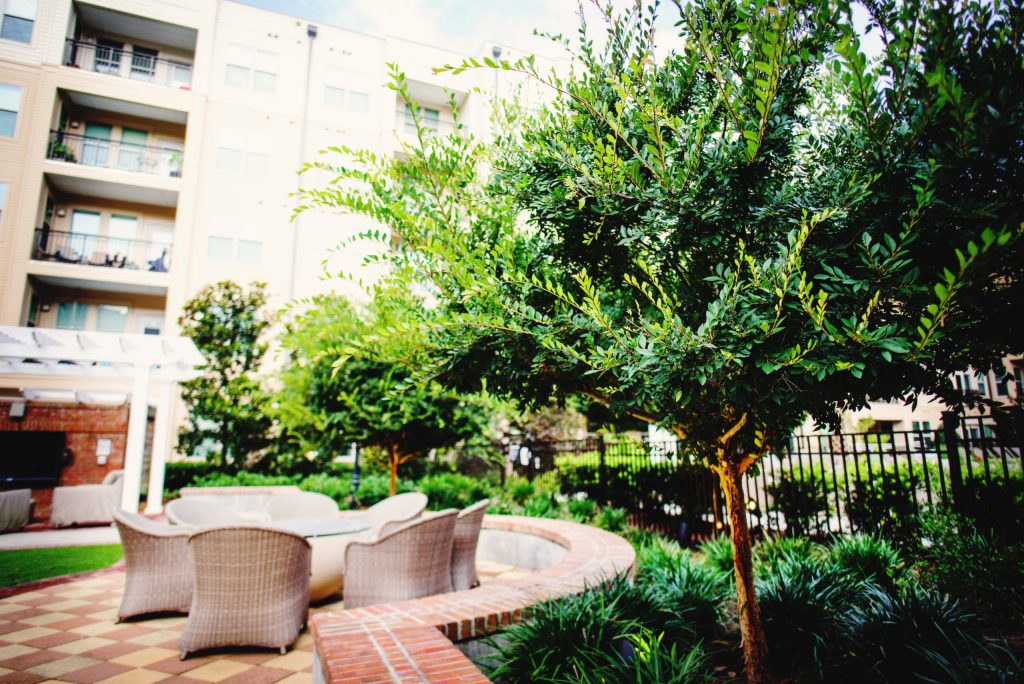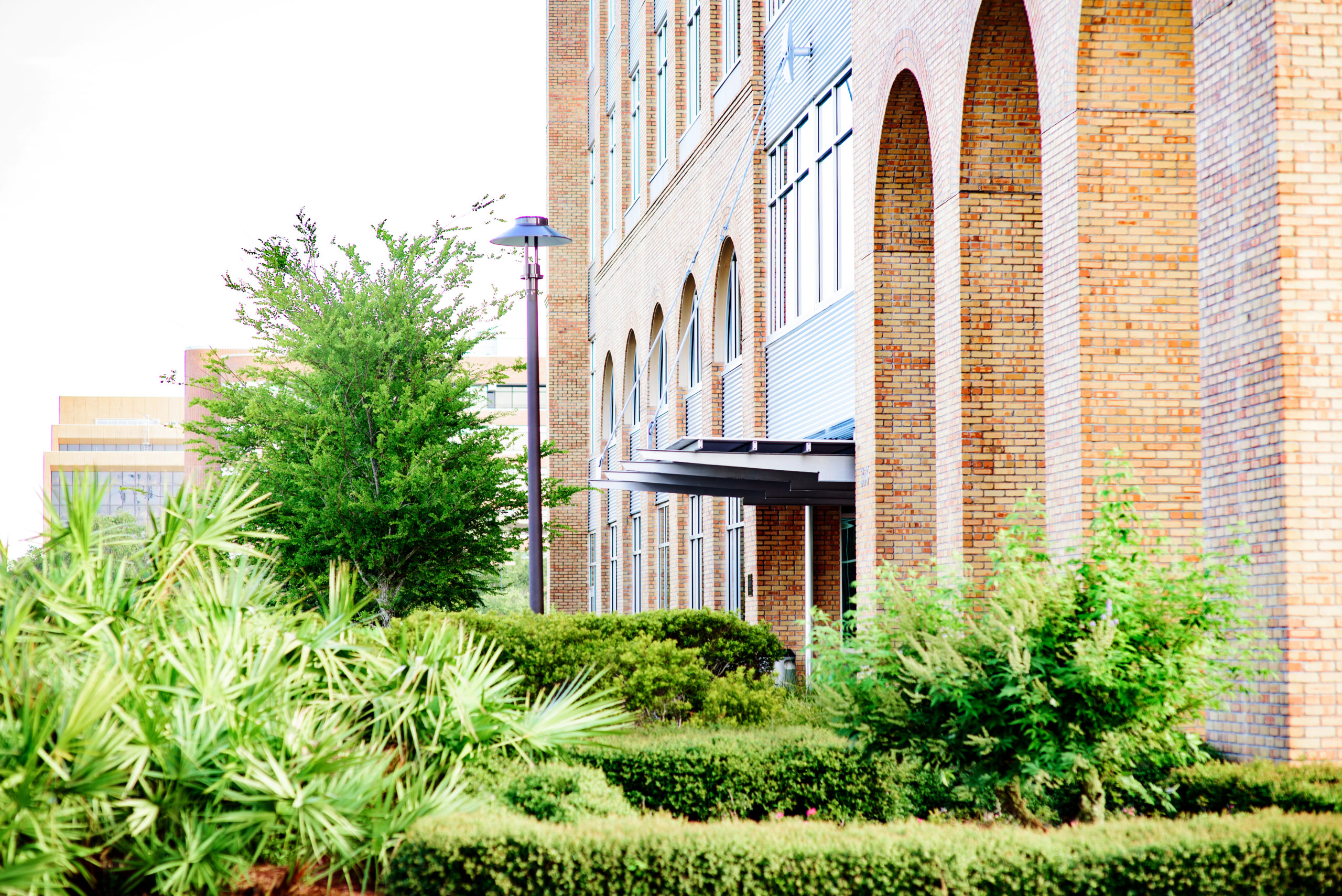Golfweek Features Jerry Pate Design and Teeth of the Dog - Read More
For much of human history, time was spent predominantly outdoors. In the beginning, we mostly lived outside—in the woods, the fields, the open expanses. And even in decades as recent as the 1960s, 70s, and 80s, we spent ample time exploring in the open air.
But with the advent of so much incredible technology within the home, we have experienced a shift in how we spend our time, both in childhood and beyond. Now, there are literally endless options for things to do in the palms of our hands. We find avenues of play on iPads in toddlerhood. Schoolwork is made possible by Google. Our work life demands that we stay very much glued to our screens. The conversations that connect us with friends and family are so often centered on the shows we’re all watching.
We live, undeniably, in quite a novel age. But all this technology keeps us indoors, away from nature. And we should still prioritize nature where we can. Because our mind and body crave it. Without it, a sense of disconnectedness and loss sets in. It’s called Nature-Deficit Disorder.
What Is Nature-Deficit Disorder?

In 2005, Richard Louv introduced the concept and coined the term in his book, Last Child in the Woods: Saving Our Children from Nature-Deficit Disorder. He did not intend for it to be a medical diagnosis, but rather “a description of the human costs of alienation from nature.” However, established bodies of medicine have begun to examine the concept as a real-world tool for identifying this issue in both children and adults.
You see, nature-deficit disorder can cause a range of alarming effects. In an interview with Jill Suttie of Berkeley’s Greater Good Magazine, Louv outlined them:
- Diminished use of the senses
- Attention difficulties
- Higher rates of physical and emotional illnesses
- A rising rate of myopia
- Child and adult obesity
- Vitamin D deficiency
And that is only what has been observed in a decade or so. One imagines that as research and our disconnect from nature grows, the impacts will prove to be even further reaching.
It all begs a question.
What Can You Do to Reduce Nature-Deficit Disorder?

While the answer can be individual to each of us (namely, go outside!), nature-deficit disorder can also be uniquely combated by landscape architecture. How can you help more members of our society avoid this disorder? The answer is simple.
Design People-Friendly Green Spaces

As a landscape architect, you can address the problem of nature-deficit disorder through thoughtful design. When you craft environments that are welcoming and safe for people to enjoy, you enable them to take part in nature again. Even more so, you might actually encourage them to do so. Let’s talk about how we can achieve that!
We’ve discussed ways to create meaningful people-friendly green spaces before. But at the heart of the idea should be an understanding of what we need out of green spaces.
Think of your green space as an oasis in a concrete world. Even if you are nestled in the middle of suburbia, we all are generally living out our lives in man-made environments. So when creating a green space that helps people get outdoors, try to make it comfortable but totally integrated into the wild world.
Here are a few of our favorite ideas.
- Instead of a slab of stone beneath a bench or picnic area, incorporate larger “tiles” of stone with grass or toe ticklers peeking up through the spaces in between.
- Speaking of picnic tables, giving people places to sit and have a meal or snack is a great idea! Be sure to incorporate ways of disposing of trash.
- While we all love the thought of supporting pollinators, green spaces for people shouldn’t contain too many pollinator-friendly plants. This is because attracting bees can be dangerous for those who are allergic. Also, inviting too many birds could result in a picnic being ruined, whether because food is swiped or soiled from above.
- Ensure that walking paths are clear of tall brush or weeds, to avoid tripping or surprises from snakes or rodents.
- Place seating beneath tree canopies, to guarantee shade.
- Include water features, which will help you build microclimates, keep things cool, and provide a sense of tranquility for the people in your green space.
By intentionally designing people-friendly green spaces, you can play a big part in reducing the relevance of nature-deficit disorder. Enjoyable green spaces can also have the benefits of improving your business’ reputation, making guests happy, and benefiting the environment. Still, knowing that you are contributing to the well-being of others in our society is a pretty great feeling all on its own.
To see how we here at Jerry Pate Design approach the creation of safe and fun green spaces, explore our work.

